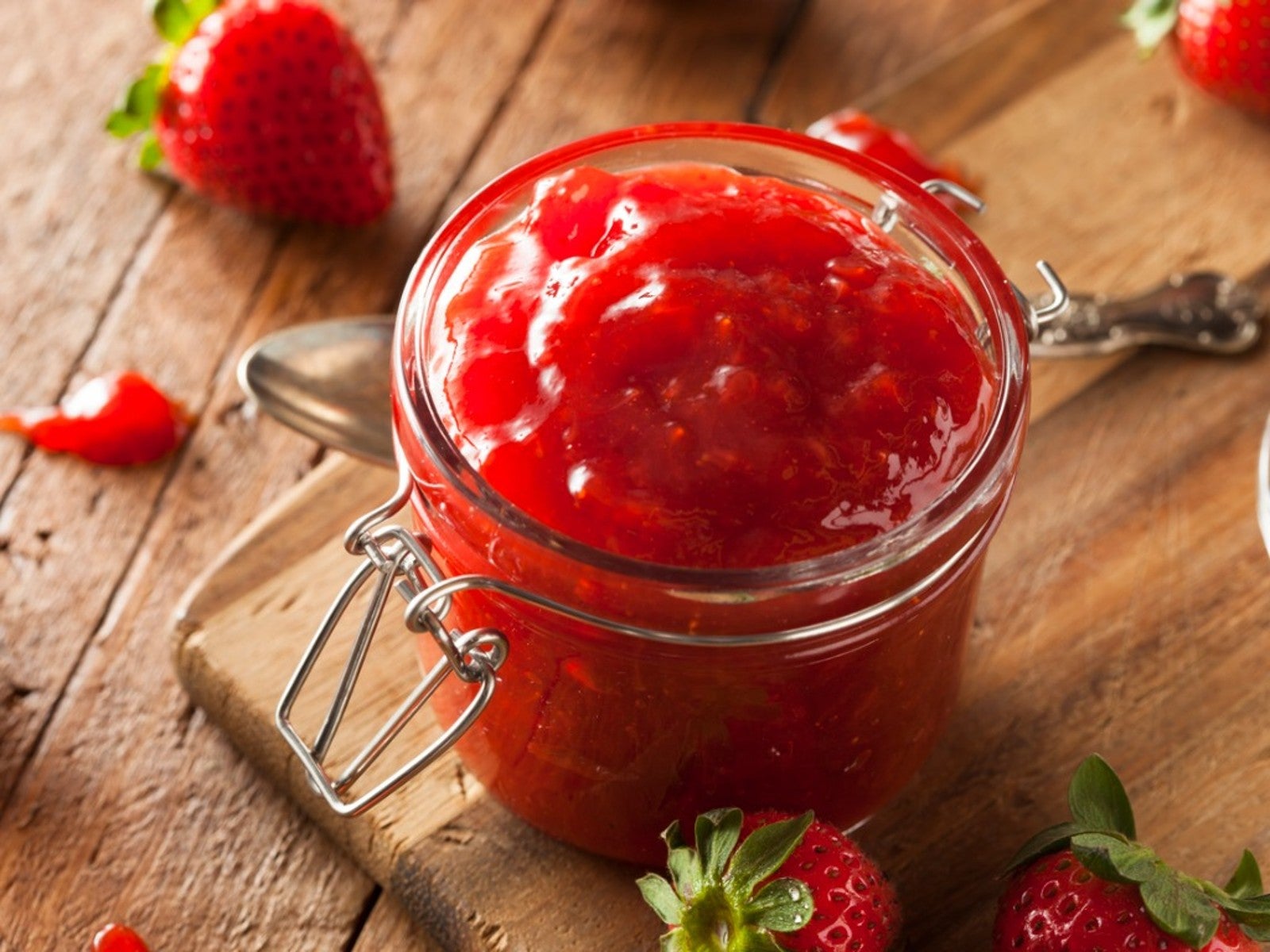Jams, Jellies, And Preserves: How To Make Jam From Your Fruit Harvest


Jams, jellies, and preserves are some of our best out of season treats that save spring and summer fruit harvests. Making homemade jam and other preserves is an easy process, but it does require some knowledge on how to can properly. Once you know how to make jam and how to make jelly, you can enjoy your bumper crops all year around. Our tips on how to make preserves will see your family breakfasts bumped up with wholesome flavor.
Differences Between Jams, Jellies, and Preserves
Jam is made of chopped or pureed fruit, while jelly is smoother and comes mainly from the juice of fruit. Preserves cover other types of processed fruits such as compotes and chutneys. These have more body than jam and are much more robust. Each has a slightly different process but learning how to make preserves also requires some canning knowledge for long term storage, unless you plan on freezing your fruit.
How to Make Preserves
Most preserves get a jellied consistency from pectin, which may naturally be in the fruit or can be added during cooking. Less ripe fruits like apples, citrus, and currants contain enough natural pectin that they do not need extra for thickening. When ripe, many fruits lose this natural thickener and will need acid (usually lemon juice) and/or pectin for thickening. Sugar aids the thickening process and helps preserve fruit. You need adequate amounts of pectin, acid, and sugar when making preserves. Fruits that will need liquid or powdered pectin are:
- ripe apples
- sour cherries
- grapes
- oranges
- loquats
- blackberries
- elderberries
- strawberries
- huckleberries
Fruits that need acid are:
- blueberries
- apricots
- peaches
- pears
- raspberries
- figs
How to Make Jam
Homemade jam is one of the easier types of preserves. You will want a nice balance of sweetness and tartness. Choose fruit that is just ripe, not overripe.
- Wash your produce well. Remove pits, seeds and stems where applicable. Fruits like peaches need to be peeled, whereas apples can either be peeled or not. The peel contains most of the pectin but will result in a different texture if left on.
- In order to keep a nice consistency, use 3 parts of perfectly ripe fruit to 1 part underripe fruit. This will result in a good texture.
- Cut large fruits into smaller pieces and cook down with 3/4 cups sugar for every cup of fruit. Add liquid to prevent scorching; use water, juice, or even alcohol. Stir often to prevent burning. When jam is the correct flavor and consistency, either can or freeze the product.
How to Make Jelly
Jelly takes a bit more effort but results in a smoother product. The basic premises are the same, however. For no added pectin recipes, use fruit that is just barely ripe. If adding pectin, you may use fully ripe fruit.
- Remove stems, pits, and skin, and crush or finely chop the fruit. Berries like strawberries can be put through a food mill to remove the little seeds.
- Simmer fruits with the addition of water if not a juicy fruit until they are soft and you can extract the liquid.
- Strain out all the bulky material until you have pure juice.
- Add sugar and lemon juice if necessary and cook the mixture, skimming foam as it is produced. Use a thermometer to determine doneness. Ideally, you should see 212 degrees Fahrenheit (100 Celsius).
- Pour into hot jars with headspace and process in a water bath.
Sign up for the Gardening Know How newsletter today and receive a free copy of our e-book "How to Grow Delicious Tomatoes".

Bonnie Grant is a professional landscaper with a Certification in Urban Gardening. She has been gardening and writing for 15 years. A former professional chef, she has a passion for edible landscaping.